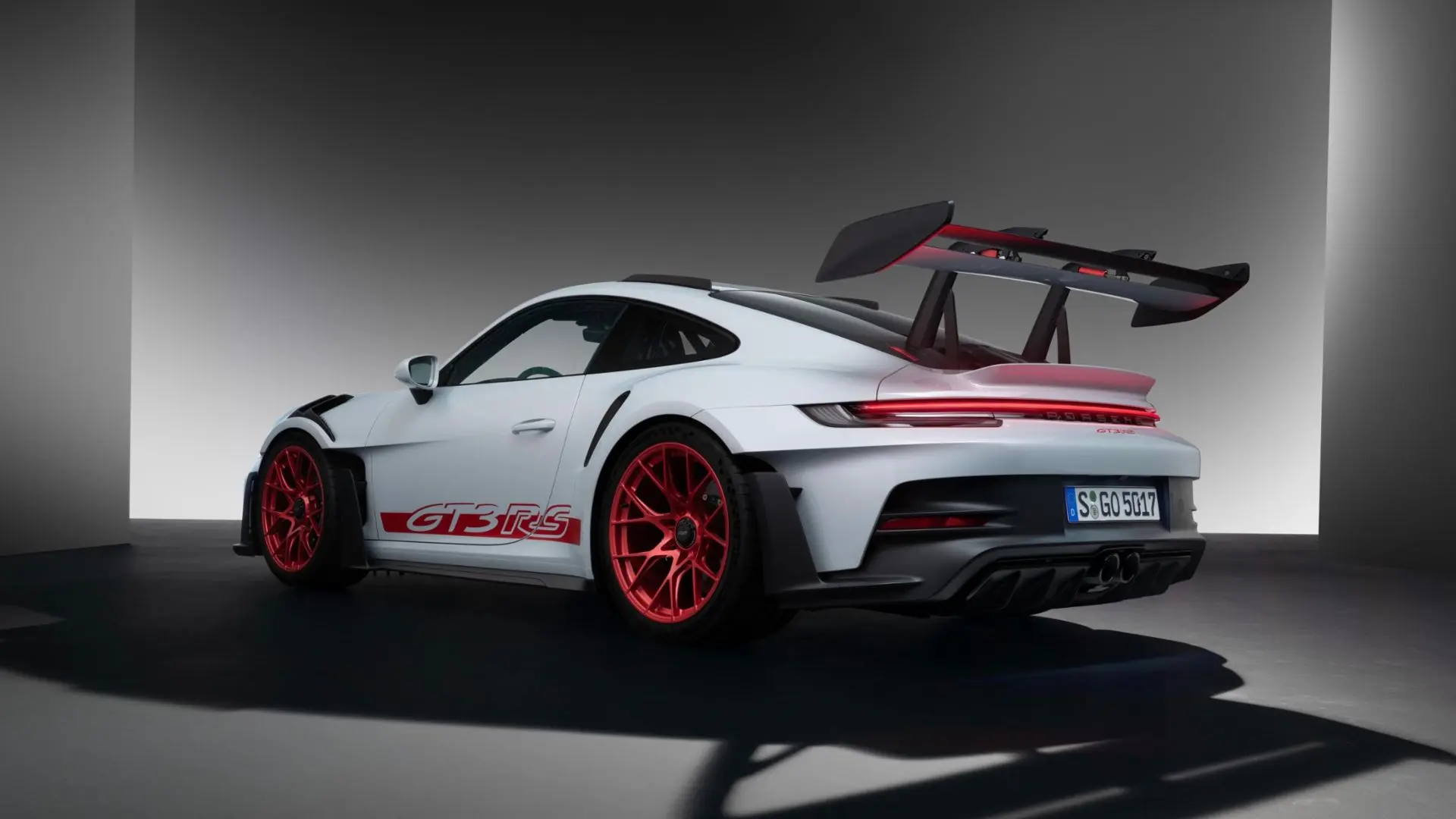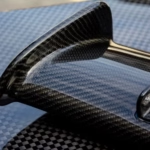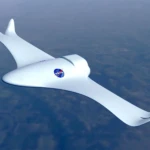Introduction: The Role of Carbon Fiber Spoilers in Modern Aerodynamics
In the realm of high-performance vehicles, carbon fiber spoilers are not mere decorative elements—they are meticulously engineered tools designed to enhance aerodynamics and elevate performance tuning. By strategically manipulating airflow, these spoilers improve vehicle stability, reduce drag, and optimize handling, particularly at high speeds. For engineers designing cutting-edge prototypes, purchasers sourcing precision components, startup owners innovating in motorsports, and multinational leaders overseeing automotive advancements, understanding the aerodynamic impact of carbon fiber spoilers is critical.
At Great Light Metal Tech Co., LTD, we leverage 5 Axis CNC Machining to craft metal parts that complement these aerodynamic marvels. Our Prototype CNC Machining Services deliver customized solutions—such as spoiler mounts and brackets—ensuring seamless integration and peak performance. This post explores the science behind carbon fiber spoilers, from downforce-drag tradeoffs to real-world track metrics, while showcasing how Great Light’s expertise enhances the process.
Downforce vs. Drag: The Essential Tradeoff
Aerodynamics hinges on a fundamental tradeoff between downforce and drag, two forces that dictate a vehicle’s performance:
- Downforce: The downward force pressing the vehicle against the ground, boosting tire grip and stability during high-speed maneuvers.
- Drag: The opposing force resisting forward motion, which can compromise speed and fuel efficiency.
A carbon fiber spoiler’s design directly influences this balance. For instance, a steeply angled spoiler might increase downforce by 25-35%, improving cornering stability, but it could also raise drag by 10-15%, slowing straight-line speed. Engineers must optimize this tradeoff based on the vehicle’s purpose—racing demands maximum downforce, while road cars prioritize efficiency. Real-world designs often achieve a drag coefficient (Cd) reduction of 0.02-0.05, showcasing the precision required in aerodynamic tuning.
CFD Simulations: Validating Aerodynamic Designs
Computational Fluid Dynamics (CFD) simulations are pivotal in designing carbon fiber spoilers. These advanced tools simulate airflow over the spoiler’s surface, providing data on pressure distribution, lift, and drag. Key benefits include:
- Predictive Analysis: Engineers can test hundreds of spoiler configurations virtually, identifying optimal shapes without physical prototypes.
- Cost Efficiency: Reduces reliance on iterative physical testing, saving time and resources.
- Validation: Compares simulated results with empirical data to ensure accuracy.
For example, CFD might reveal that a curved spoiler edge reduces drag by 8% while maintaining 90% of the downforce—a critical insight for performance tuning. Great Light’s 5 Axis CNC Machining supports this process by producing precise metal components, like mounting brackets, that align perfectly with CFD-optimized designs.
Wind Tunnel Testing: Real-World Data for Performance
While CFD offers predictive power, wind tunnel testing provides the empirical backbone for aerodynamic validation. Physical spoiler prototypes are tested in controlled airflow environments to measure:
- Downforce Output: Quantifies the vertical force generated (e.g., 50-100 kg at 200 km/h).
- Drag Impact: Assesses resistance (e.g., Cd values of 0.30-0.35).
- Flow Behavior: Visualizes turbulence and separation via smoke trails or sensors.
A case study on a track-ready spoiler showed a 20% downforce increase with a 5% drag penalty, a near-ideal balance confirmed through wind tunnel data. This real-world testing ensures that theoretical designs translate to tangible performance gains, a process enhanced by Great Light’s ability to machine durable, custom metal parts for testing rigs and final assemblies.
Mounting Position Guidelines for Optimal Aerodynamics
The effectiveness of a carbon fiber spoiler hinges on its mounting position, which varies by vehicle type and purpose:
- Sedans: Position at the trunk’s rear edge to smooth airflow transition, reducing drag by up to 7%.
- Sports Cars: Mount higher and closer to the roofline to maximize downforce, ideal for aggressive cornering.
- Trucks or SUVs: Place lower to manage wake turbulence, balancing stability and efficiency.
Incorrect placement—such as mounting too far forward—can disrupt airflow, increasing drag without downforce benefits. Precision is paramount, and Great Light’s Prototype CNC Machining Services deliver tailored metal mounts that ensure exact positioning, enhancing aerodynamic performance across diverse applications.
Angle Adjustment Ranges: Fine-Tuning Performance
The spoiler’s angle is a tunable parameter that directly affects aerodynamic forces. Typical ranges span 0° to 15°, with specific impacts:
- 0°-5°: Lowers drag for straight-line speed, ideal for highway or efficiency-focused vehicles.
- 5°-10°: Strikes a balance, offering moderate downforce for mixed conditions.
- 10°-15°: Maximizes downforce for track use, enhancing grip at the cost of higher drag.
Adjustments of just 2° can alter downforce by 10-15%, underscoring the need for precision. Great Light’s 5 Axis CNC Machining excels here, crafting adjustable mounts that allow for fine-tuning without compromising structural integrity, ensuring optimal carbon fiber spoiler aerodynamics.
Real-World Track Performance Metrics
On the track, a carbon fiber spoiler’s value shines through measurable outcomes:
- Lap Time Gains: Reductions of 0.2-0.5 seconds per lap due to improved stability and grip.
- Cornering Speed: Increases of 5-10 km/h from enhanced downforce, allowing tighter turns.
- Fuel Efficiency: Drag optimization can boost efficiency by 2-5%, critical for endurance racing.
A prototype spoiler tested on a GT-class car shaved 0.3 seconds off a 2-minute lap, with corner entry speeds rising by 8 km/h—proof of aerodynamic prowess. These metrics highlight the real-world impact of thoughtful design and testing, areas where Great Light’s precision machining elevates performance.
Prototype CNC Machining Services: Great Light’s Expertise
Carbon fiber spoilers rely on robust supporting components to deliver their aerodynamic benefits. Great Light Metal Tech Co., LTD stands out as a leader in 5 Axis CNC Machining, offering:
- Custom Solutions: Precision mounts and brackets tailored to unique spoiler designs.
- Material Versatility: Aluminum, titanium, and steel options for durability and lightweight performance.
- Rapid Turnaround: Online customization and fast delivery for prototypes and production runs.
Our Prototype CNC Machining Services bridge the gap between aerodynamic theory and practical application. Whether you need a one-off mount for a CFD-validated spoiler or a production batch for a startup’s new vehicle line, Great Light ensures every part meets the exacting demands of performance tuning.
Conclusion: Precision Engineering Meets Aerodynamic Innovation
Mastering carbon fiber spoiler aerodynamics requires a deep dive into downforce-drag dynamics, CFD simulations, wind tunnel testing, and precise mounting and adjustment strategies. The result? Measurable performance boosts—faster laps, sharper corners, and optimized efficiency. For engineers, purchasers, and business leaders, partnering with Great Light Metal Tech Co., LTD amplifies these gains. Our 5 Axis CNC Machining delivers the precision components that make aerodynamic excellence a reality.
Ready to elevate your vehicle’s performance? Customize your Prototype CNC Machining Services with Great Light today and unlock the full potential of your carbon fiber spoiler.

















